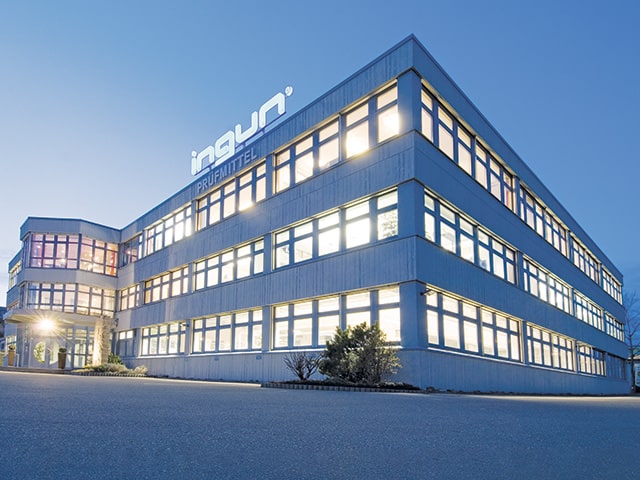Tutorials & Videos
Sie suchen nach zusätzlichen Informationen zu INGUN Prüfadapter-Kits, Kontaktstiften oder unserem Ausbauzubehör? Hier finden Sie zu allen drei Kategorien kurze Videos und hilfreiche Tutorials.
No problem, send us your cart together with your company data and we will be happy to make you an offer. Please send us the following information:
Sie suchen nach zusätzlichen Informationen zu INGUN Prüfadapter-Kits, Kontaktstiften oder unserem Ausbauzubehör? Hier finden Sie zu allen drei Kategorien kurze Videos und hilfreiche Tutorials.

